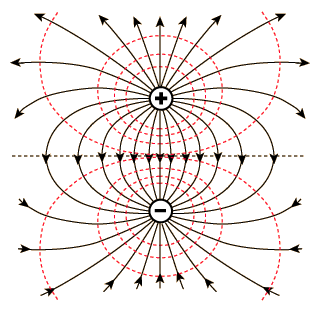Electric Field Strength
Electric field strength refers to the intensity of an electric field and is a measurement of the amount of energy present in an electric field. Electric field strength plays a major role in power grids, electronic equipment, electromagnetic devices, and a variety of other electrical systems. This is because devices must be able to calculate how much electricity is coming into the system, how much electricity is being directed towards a specific function, and how much electricity each function requires in order to safely power a wide variety of appliances.
How Electric Field Strength is Measured
Electric field strength is measured in terms of how many electrons are passing through a specific area in a specific amount of time. This is simply a measurement of the electrons’ frequency and can be conceptualized in terms of water. The measurement of how many electrons pass through a wire in a given amount of time is no different from the measurement of how many water droplets pass through a hose in a given amount of time.
Applications
Electric fields are used in a wide variety of applications. For example, the cables in a power grid that stretch across many miles and deliver electricity to homes and businesses throughout a region emit an electric field as electrons flow through them. Likewise, the wires connected to a power source in an electronic device emit an electric field and are often produce magnetic fields via an electromagnet.
Advantages
Electric fields have several advantages. An electric field produces magnetic forces and induces electric currents in nearby conductors. Electric fields can be precisely measured in terms of intensity and direction and can be modified in order to produce desirable results. Electric fields are also highly reliable in terms of measurements due to the fact that all electrical charges, whether positive or negative, produce an electric field.
Disadvantages
Although electric fields are advantageous, they also have several disadvantages. For example, the electric field of some high voltage or high current electrical systems tend to induce an electric current in nearby conductors such as cables, machinery, and devices. EMF (Electromagnetic Field) meters, that are unable to provide an accurate reading when near high-power electrical systems, can see this.


Comments - No Responses to “Electric Field Strength”
Sorry but comments are closed at this time.